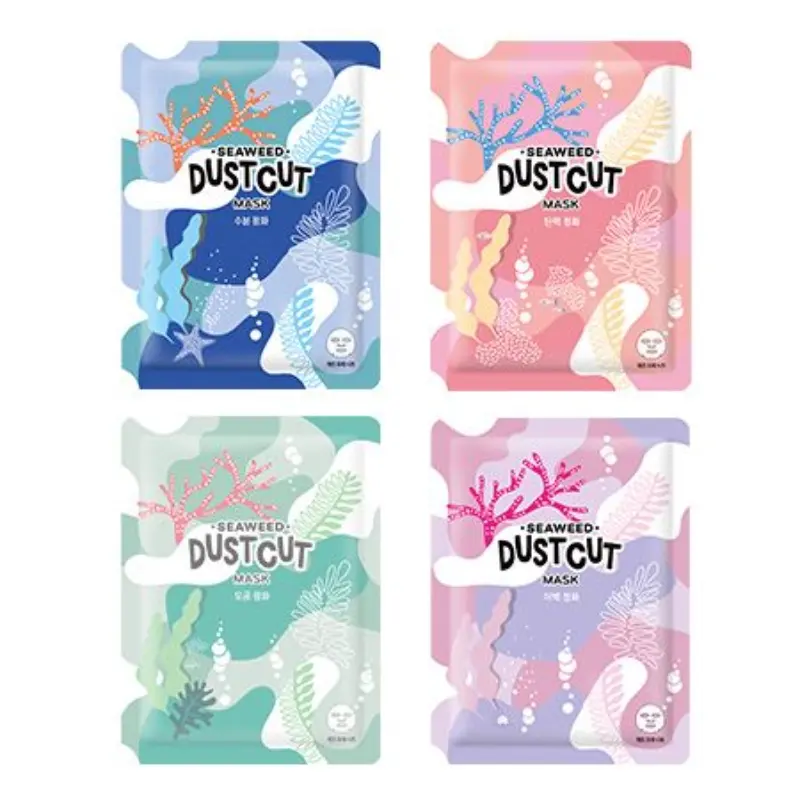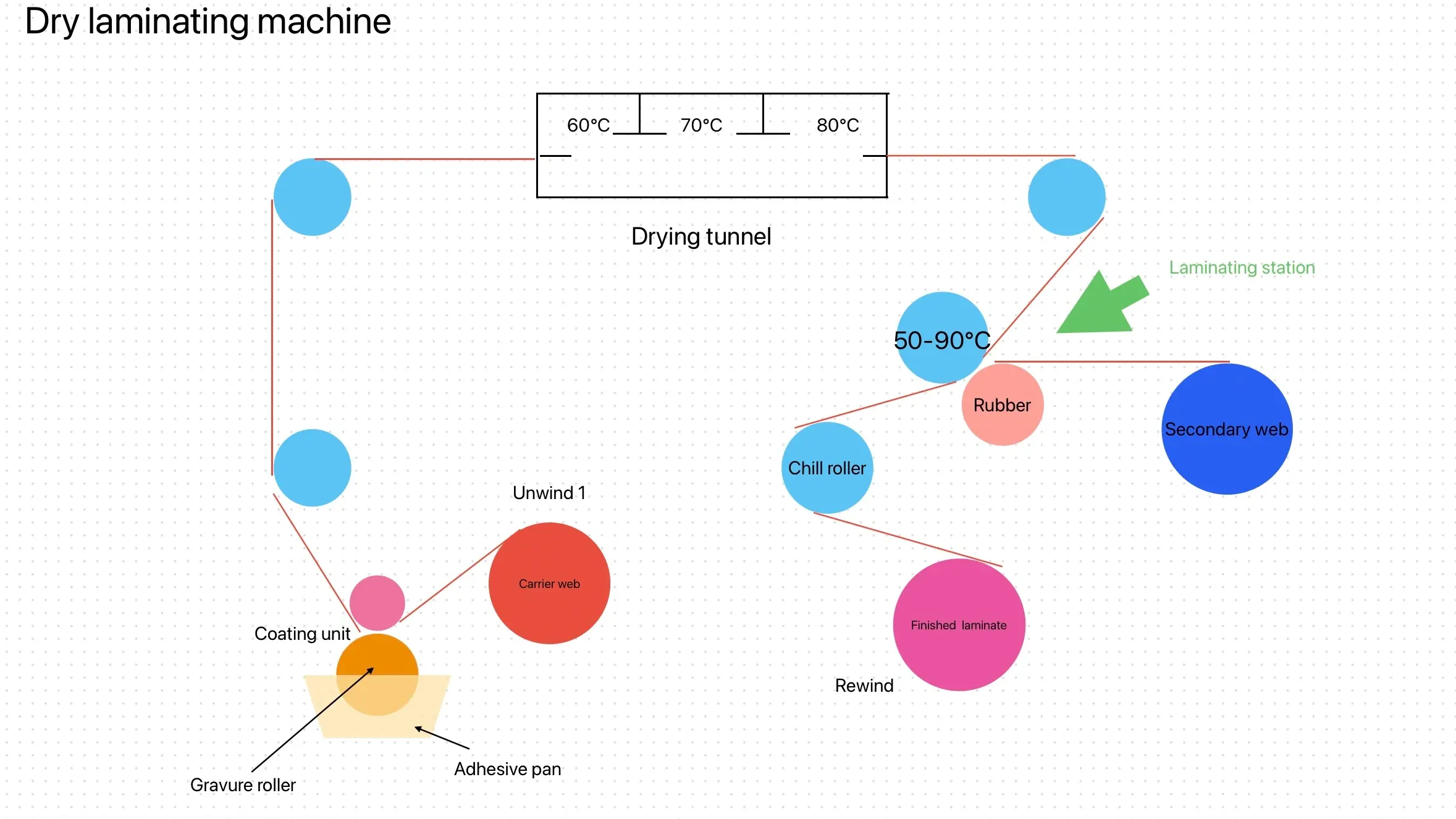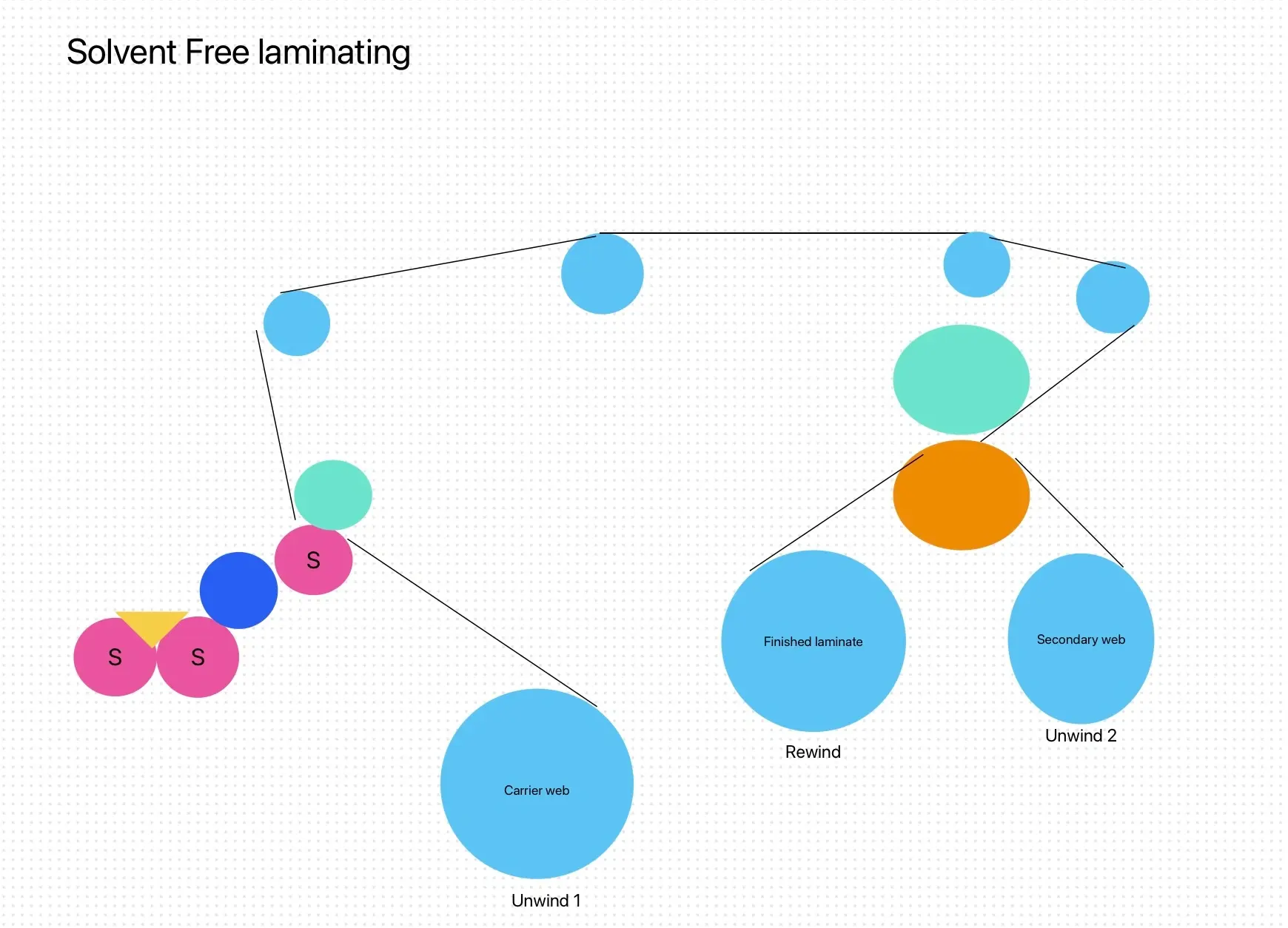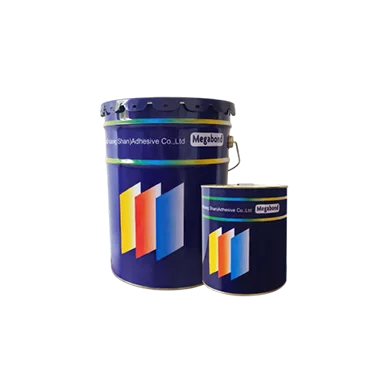
1.Selection
(1)Material selection:
For personal care and hygiene packaging, common composite packaging bag materials include plastics (such as HDPE high-density polyethylene), which have the advantages of water resistance, wear resistance, toughness, etc., and are non-toxic and odorless, chemically stable, and will not rust. In addition, plastic packaging bags are beautifully printed and reasonably priced, so they are the mainstream choice in the market.
Taking environmental factors into consideration, paper composite bags can also be selected, such as products under the QB/T 2383-2018 “Medical Paper Composite Bags” standard, which requires that paper composite bags must not be contaminated by bacteria, must not produce chemical or physical reactions with drugs, and are easy to store and use.
(2)Specifications and sizes:
Choose appropriate specifications and sizes according to the type, size and packaging requirements of personal care and hygiene products. For example, common products such as sanitary napkin bags require specific bag designs.
Printing and layout design:
The printing and layout design of composite packaging bags are crucial to the attractiveness and brand image of the product. You can choose a packaging bag manufacturer with design capabilities to ensure the professionalism and attractiveness of the packaging picture.
(3)Production process:
The choice of production process should take into account the market positioning and operating costs of the product. For example, gravure printing technology can achieve exquisite graphics, thick ink color, and strong three-dimensional effects, which is suitable for the packaging of high-end products.
2. Application
(1)Personal care product packaging:
Composite packaging bags are widely used in the packaging of personal care products such as shampoo, shower gel, and toothpaste. Its moisture-proof, waterproof, and tensile properties can ensure the quality and safety of the product during storage and transportation.
(2)Sanitary product packaging:
For sanitary products such as sanitary napkins and diapers, the choice of composite packaging bags is even more important. Not only the convenience and aesthetics of the packaging should be considered, but also the hygiene and safety of the product should be ensured.
3.Environmental protection and sustainability:
With the improvement of environmental awareness, more and more companies are beginning to choose recyclable and degradable composite packaging bag materials to reduce pollution to the environment.
Summary
The selection and application of composite packaging bags for personal care and sanitary packaging requires comprehensive consideration of multiple factors such as materials, specifications, printing, production processes, and environmental protection. Through reasonable selection and application, the quality and safety of the product can be ensured while meeting the needs and expectations of consumers.




